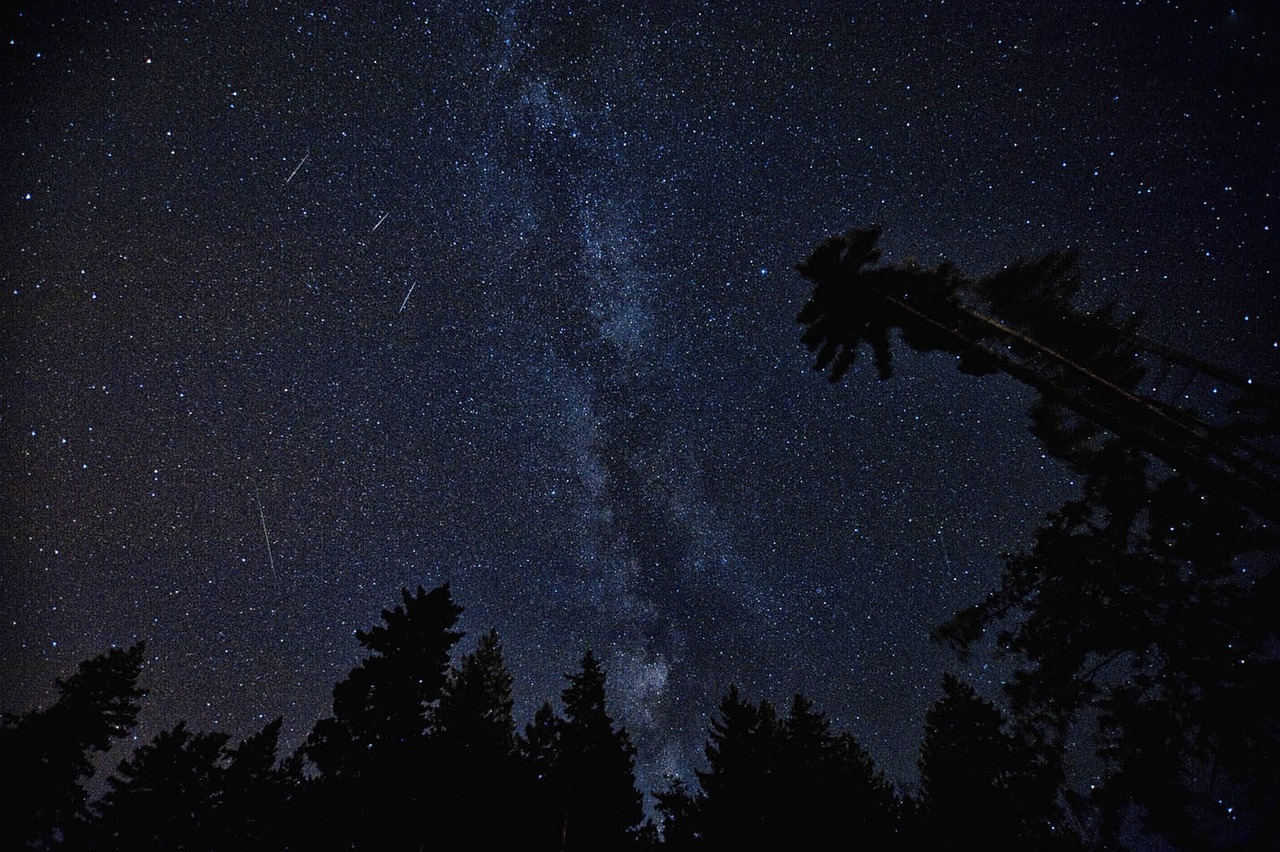Shooting stars will light up the night sky again this weekend. We’ll tell you how to best see the Perseids.
In the late summer nights, nothing is more beautiful and calming than a beautiful night sky with twinkling stars. It becomes all the more beautiful when that magical dust burns up in the earth’s atmosphere and brings us wishes.
“The chances are best at midnight on August 12, when the half-moon is set. That’s when it’s darkest,” explains Eric Buttini, head of the astrophysics department at the National Museum of Natural History in Luxembourg. The direction of the sky also plays a role in increasing the probability of seeing shooting stars.
“The name ‘Perseids’ is derived from the constellation Perseus, which can be observed in the night sky in a north-easterly direction,” says Buttini. This is where most meteors “collide” with the atmosphere. With some luck, around 100 meteors per hour can be seen.
Why do shooting stars appear more frequently during this time? “The comet Swift-Tuttle is the parent body of the Perseids and is constantly losing mass in the form of dust particles. The Earth crosses the comet’s orbit annually in August, which is how luminous meteors appear in the sky.”
It takes the comet 133 years to orbit the sun once. It is hard to imagine, but the tiny dust particles, which are no bigger than a grain of sand, hit the atmosphere at speeds of eleven to 50 kilometers per second, according to Buttini. All that is left is a wish and a brief but beautiful spectacle of light.
Not only do the Perseids do their rounds in space, but other dust clouds also come from comets. The Leonids always appear in the night sky in November. Every 33 years, a special phenomenon is said to occur in the sky when the comet Tempel-Tuttle orbits closest to the sun and sheds a particularly large amount of dust. A veritable meteor shower is possible, as was the case in 1966.
Tempel-Tuttle is said to have lost a particularly large amount of dust particles in 1833. There is no photographic material of the famous night, only witness statements and stories. But on November 12, a staggering 200,000 shooting stars per hour are said to have swept across the night sky, as documented by reports and drawings. That would be no less than 55 shooting stars per second!
Whether in solitude or on a family outing to a dark field, it’s worth looking at the night sky on August 12. And for big fans of the universe, the Vienna Planetarium is offering, (among other things) “Solaris: A Journey through the Solar System.”. It’s all about the history of the solar system, comets and asteroids, and many other secrets of our universe.
- source: heute.at/picture: pixabay.com
This post has already been read 6862 times!



